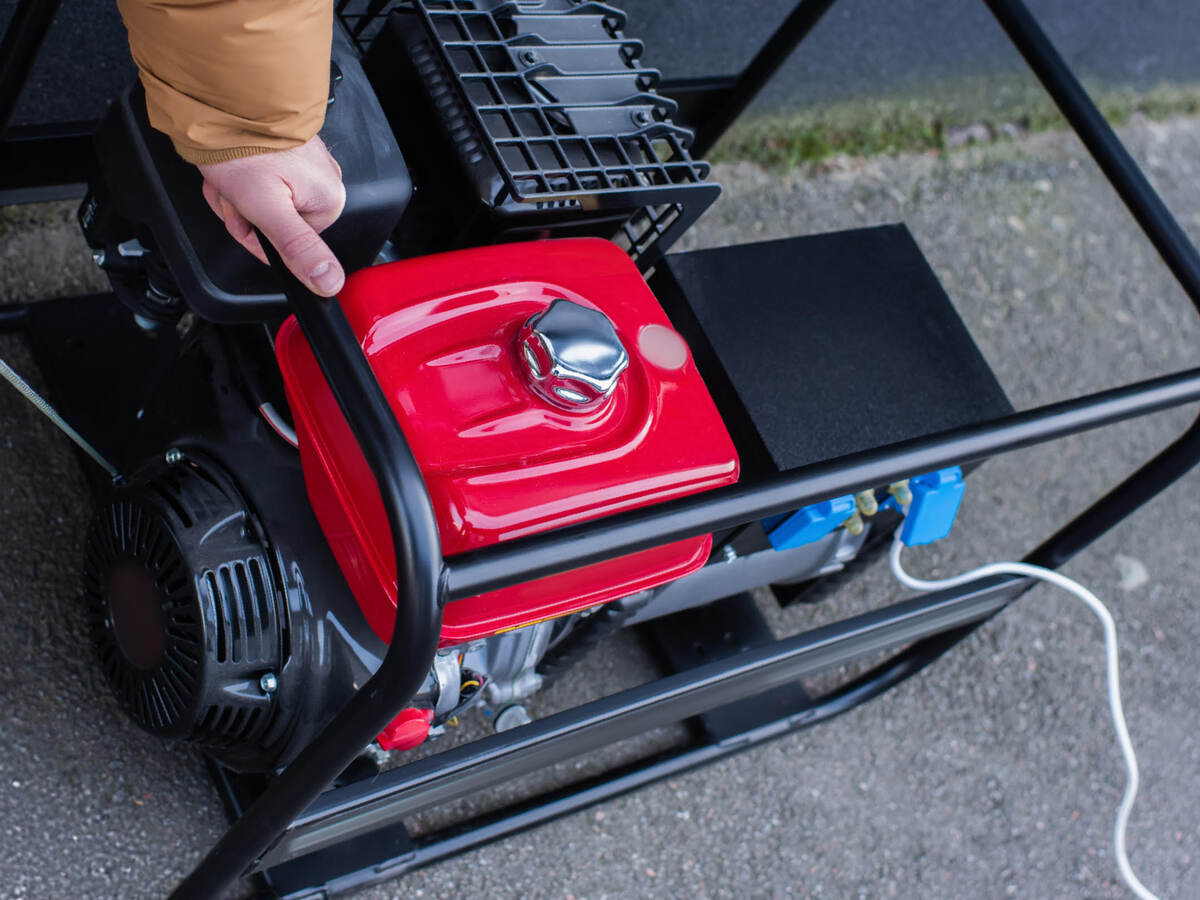
UL_2201_Portable_Generators
Evaluate portable generator carbon monoxide safety with UL 2201 testing services from an industry leader.

Our UL 2201 certification services address the critical issue of CO emissions, providing manufacturers with confidence that their products meet safety requirements. Our extensive expertise, impartiality and worldwide presence helps manufacturers document compliance and earn customer trust. With UL Solutions testing services, manufacturers gain access to compliance expertise that can increase speed of entry into the global marketplace.
A storm brings power outages to a metro area. A prepared homeowner wheels a new gasoline-fueled portable generator to the front of their open garage, then uses it to power key equipment in their home. A few minutes later, the generator stops, and the home is again without power. What’s right here? The UL Certified generator shut down before dangerous levels of carbon monoxide (CO) accumulated in the structure.
The U.S. Consumer Product Safety Commission (CPSC) has identified an unreasonable risk of injury and death from CO poisoning associated with portable generators. To enhance portable generator safety, UL Standards and Engagement has developed a Standard that requires equipping portable generators with a system to shut down the units when elevated CO concentrations are present. In addition, UL 2201, the Standard for Carbon Monoxide (CO) Emission Rate of Portable Generators, specifies a requirement to limit carbon monoxide emissions from generator engines.
In 2019, the U.S. CPSC reported that 140,000 simulations applying the PGMA 300 and UL 2201 provisions, respectively, averted 87% and “nearly 100 percent” of CO-related fatalities, establishing UL 2201 as the most comprehensive standard for limiting CO emissions1. The CPSC has proposed federal regulations mandating UL 2201 emissions testing for regulated portable generators. The Commission estimates that, over a 30-year period, its rule would prevent “2,148 deaths (nearly 72 deaths per year) and 126,377 injuries (roughly 4,213 injuries per year).” In addition, every dollar in implementation costs will produce more than $7 in benefits, totaling more than $1 billion annually2.
ANSI/UL 2201 drives a greater margin of safety across diverse operating conditions, leading it to become a definitive guide for evaluating portable generator safety. The Standard applies a comprehensive two-tier strategy to combat CO safety concerns, with significant emission reductions and an advanced shut-off mechanism requirement.
Our UL 2201 certification services address the critical issue of CO emissions, providing manufacturers confidence that their products meet the safety requirements specified in the Standard. To confirm UL 2201 compliance, a manufacturer’s genset is subject to carbon monoxide testing in a standardized space under specified environmental conditions. Components of the testing process include:
With over a decade of experience in assessing portable generator safety performance, UL Solutions offers reliable testing services to assess product safety to applicable requirements. The breadth of our experience enables UL Solutions experts to educate manufacturers on adhering to safety standards and streamlining pathways to compliance.
Certification services for consumer safety and regulatory compliance direct from UL Solutions represent a manufacturer’s commitment to consumer safety and its adherence to applicable regulatory standards. UL Solutions is a globally recognized testing and certification partner committed to enhancing public safety and facilitating international trade. Our extensive expertise, impartiality and worldwide presence can assist you in achieving approvals for portable generators in the global marketplace.
UL Solutions experts play an integral role in the technical committees that develop a multitude of standards, including UL 2201. For innovative products that do not align with existing standards, UL Solutions Outlines of Investigation communicate investigated safety requirements that you can follow to enter the market swiftly while adhering to safety protocols.
UL Solutions experts possess in-depth knowledge of regulatory requirements, particularly for UL 2201. Our team of capable staff can guide manufacturers through the certification of innovative technologies and products. By partnering with UL Solutions, a manufacturer may streamline delivery of a UL 2201 Certified technology to the marketplace while promoting carbon monoxide emission safety in compliance with industry standards.
UL Solutions is a Nationally Recognized Testing Laboratory (NRTL). Our experts participate in a range of safety code panels, including NFPA 70, National Electrical Code® (NEC).
Our ANSI/UL 2201 testing services Include:
In addition, UL Solutions offers flexibility to provide custom test programs to support manufacturers in optimizing product design for safety. As part of our mission to promote safer living and working environments, our services and UL 2201 provide a definitive guide for evaluating portable generator safety.
Federal Register / Vol. 88, No. 76 / Thursday, April 20, 2023 / Proposed Rules /p 24352 https://www.federalregister.gov/d/2023-07870/p-100. Accessed 10/18/2024
Ibid. p24346. https://www.federalregister.gov/d/2023-07870/p-3 Accessed 10/18/2024
Ibid. p 24362. https://www.federalregister.gov/d/2023-07870/p-36. Accessed 10/18/2024.

UL_2201_Portable_Generators
Thanks for your interest in our products and services. Let's collect some information so we can connect you with the right person.